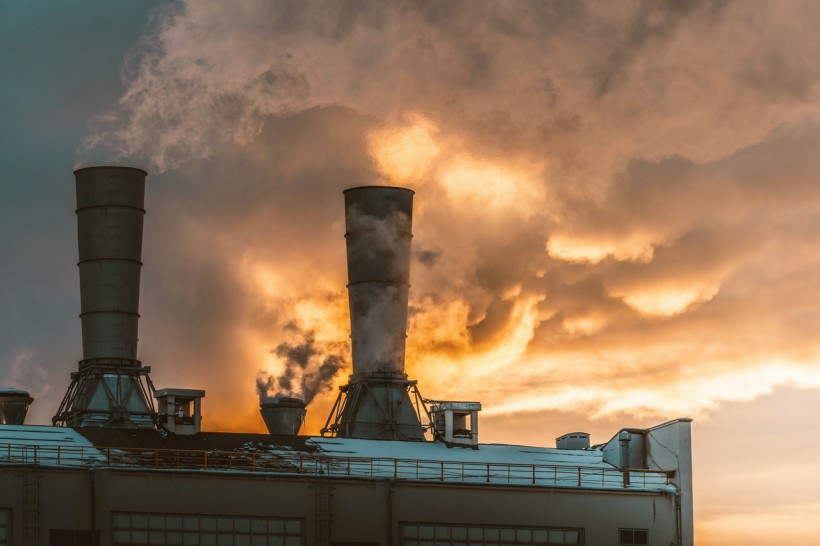The Inflation Reduction Act of 2022, approved by the US House of Representatives, features the largest government climate investment in history-roughly US$370 billion to support the growth of alternative energy sources.
According to Forbes, the measure contains several investments in preserving the climate. These include tax credits for households to offset their energy expenses, investments in creating sustainable energy, and tax credits intended to lower carbon emissions.
As a result of its climate and energy policies, the US may reduce its greenhouse gas emissions by nearly 40 percent below 2005 levels by 2030.
The climate aspects of the law will include a system of incentives to significantly enhance the usage of carbon capture devices that will store carbon dioxide underground or reuse it.
What Inflation Reduction Act Means for Climate
The Inflation Reduction Act is the most extensive action the US has ever taken to combat climate change, and approximately $370 billion of the bill's funding is allocated to this cause.
That is far less than the House proposal from last autumn and far less than what Vice President Biden had in mind for the climate. Senate Democrats assert that these expenditures will be sufficient to reduce climate emissions by about 40%.
One of the general goals of the Inflation Reduction Act is to encourage American businesses and consumers to reduce their dependency on fossil fuels. The largest portion of the financing is allocated to tax credits and rebates for various renewable technologies, including electric vehicles, heat pumps, solar panels, wind turbines, and energy efficiency, Vox News reported. Incentives are provided for businesses to produce more of such technology here in the US. While allocating some cash to forest and coastline restoration, the law would also invest in energy efficiency at industrial sites that can help reduce the sector's significant carbon impact.
The law also pioneers innovative approaches to other troubling aspects of the global warming dilemma. It establishes the first methane charge to punish fossil fuel businesses for excessive emissions of this particularly potent climate pollutant. Another significant portion of the money increases the resilience of underprivileged areas to climate impacts by assisting them in monitoring and removing pollutants.

In addition to reducing climate pollution, investments in renewable energy could help slow the rate of inflation. According to Robbie Orvis, senior director at Energy Innovation, rising energy costs are responsible for around a third of the Consumer Price Index's total nine percent increase over the last year. Spending reduces consumer costs and eases the global oil problem by assisting Americans in becoming less dependent on fossil fuels.
Carbon Capture Technology Adoption 'Slow'
Wil Burns, Professor of Research in Environmental Policy at the American University School of International Service, wrote in The Conversation that the implementation of carbon capture technology has been slow thus far.
He claimed that these technologies might spark local opposition since they are costly and would necessitate miles of pipeline and vast amounts of underground storage.
Burns cited a recent study that suggested that for the United States to achieve net-zero emissions in 2050, 65,000 miles of carbon dioxide pipelines (per Reuters) or 13 times the existing capacity-would need to be built.
Carbon dioxide must be transported when it is caught during industrial operations - including the creation of steel, concrete, and electricity to be stored or used.
The gas is most typically injected into oil and gas reservoirs to extract more fossil fuels to increase oil recovery.
The law also intends to support direct air capture technologies, which take carbon dioxide out of the air.
According to an analysis from Princeton University, the relevant parts of the bill will increase carbon capture utilization by 13 times compared to the current policy by 2030. It may be equivalent to between one-sixth and one-fifth of the new law's anticipated decreases in carbon dioxide emissions.
RELATED ARTICLE: Climate Change: How Is It Contributing to the Decreasing Population of Lizards?
Check out more news and information on Climate Change in Science Times.














